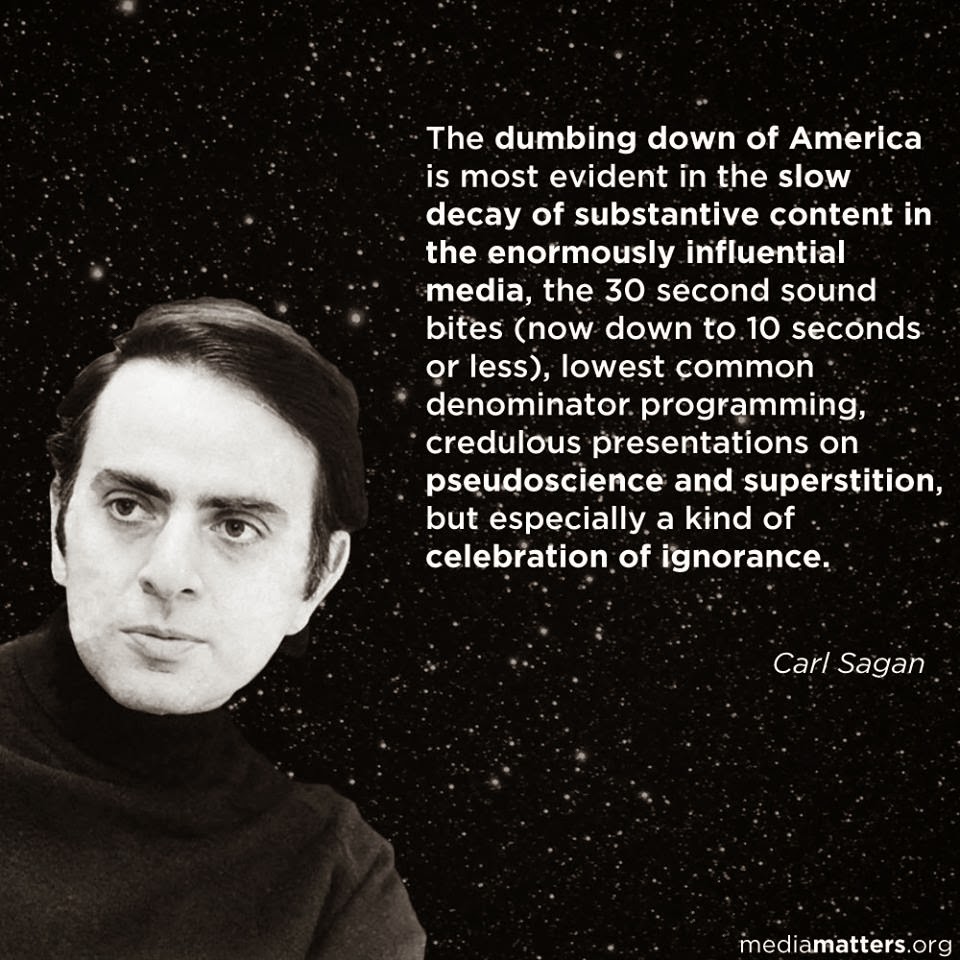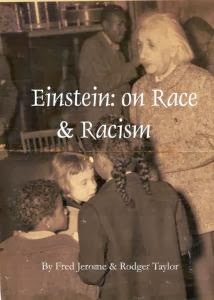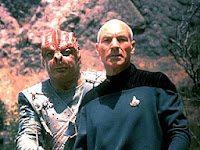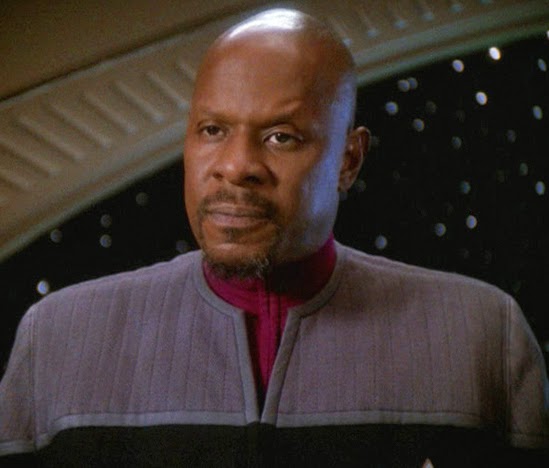"As soon as a character of color is introduced in a story, imagination stops". Toni Morrison
As a young boy, I loved The Twilight Zone, The Planet of the Apes and anything that provided insight into other worlds and possibilities.
It is only as we age, that we learn dreaming and committing to difference, exploration and comfortability with difference can and often does make you an outsider.
A young black child who loves Science Fiction is asking for a heap of trouble and ridicule.
Collectively, we (black folks) have been tortured and brutalized as a result of "difference" and should look to new worlds as places that not only allow dreaming but adamantly encourage it.
Black folks need all the thinking and devotion to self defining that Sci Fi will allow.
As a teacher to young Black and Hispanic teenagers in an alternative high school, I discovered what prevented several of my students from expecting and striving for excellence. None of them had ever seen anyone who looked like them leading a revolution, being self defining or self creating.
It is difficult to design a life of forward movement if there is no tangible example of what is possible.
My baby sister is a lawyer.
She has watched her mother and several family friends attend law school and obtain jobs in their chosen field.
Dreaming of and then becoming an attorney was not an impossibility for her.
We all need vivid and tangible examples of accomplishments and what the price is for achieving our life's objectives.
Science Fiction lets our imaginations soar. We need creativity that reinvents us and what we can achieve.
At 27, I finally got around to reading Octavia Butler's Parable of the Sower.
In this wonderful book, the protagonist, a young black girl of fifteen invents a religion, leads a sojourn and makes herself the center of a movement based in love, communion with others, a sharing of resources and the questioning of God.
Many black folks I know associate the Sci Fi world with whiteness, green little men, silver suits and the questioning of the definition of God given to us by the Judeo Christian ethic we were all reared in.
I once had a very intense debate with my sister about the demons, witches , etc in the Harry Potter series. Apparently, magic, sorcery and all the rest of that "mess" was something that our young people shouldn't read. My argument was that as long as a child is reading does it matter what the material is if it opens his mind and leads to more reading and knowledge hunger.
When the adults around me lied, were irrational or flat out denied reality, it was this genre and all reading that provided solace and sanity.
It was clear that there were other ways of living and being.
The Twilight Zone forced me to consider other worlds where the rules were different. This brilliant show also let me know about the human condition and that I could hope for and demand more in my life.
This is Sci Fi's greatest strength.
Like Shakespeare's work, it illuminates humanity and all its complicated and endlessly annoying traits and foibles. It allows us to examine our lives and our choices through the lenses of another time and space. We are encouraged to move beyond voyeuristic consumption of other worlds.
It forces us to imagine our lives and whether we harm or help others when certain situations arise.
As a young kid unable to hide his homosexuality, I was bullied from childhood through college. I learned to thrive amidst a world and people bent on destroying me.
As I began my teaching career, I noticed that this part of the educational experience had not vanished or been dealt with constructively.
To combat this horrid fact, I began to introduce my favorite Science Fiction Short Stories.
My personal favorite: Those Who Walk Away From Omelas, provided my young students with a case of the "willies" and always sparked a great deal of conversation regarding domination, bullying and fair treatment for all.
So many of the themes and struggles are recognizable no matter the time period.
We must take our place in worlds wherein animals and inanimate objects speak, reason and wage war.
Is it impossible to consider worlds where we matter ? Is it impossible to imagine a world where diversity works and oppression is nonexistent ?
Visiting and dabbling in different worlds with different intelligences could provide a great deal of insight into modern day problems.
We often are able to invent solutions when the results are not life threatening.
Pick up some Octavia Butler, Margaret Atwood, Ursula Le guin and Daryl Sturgis' Solstice.
These wonderful authors are effortlessly and poignantly(brilliantly) offering us characters and worlds that could be implemented in current society and beyond.
Be fearless in your explorations and expectations.











